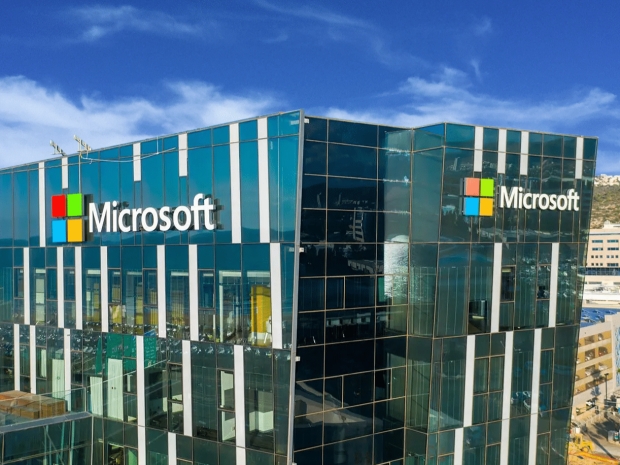According to CTO Kevin Scott, Redmond now plans to start with its Maia line of accelerators.
Amazon and Google have been rolling out custom processors for years, Vole only wheeled out its first Maia AI accelerator in late 2023, long after everyone else had joined the bespoke silicon club.
Scott told CNBC during a fireside chat that the push is all about performance per dollar which is the holy metric for any hyperscale cloud empire trying to look thrifty while hoarding cash.
“Up to this point, Nvidia has offered the best price-performance, but we’re willing to entertain anything in order to meet demand,” he said.
When pressed on whether Microsoft’s longer-term plan was to fill its data centres with mostly Microsoft-made chips, Scott didn’t flinch. “Yeah, absolutely,” he said. He then added that this isn’t just about the chips but about designing entire systems, from cooling to networking, to squeeze every drop of efficiency out of the hardware.
Vole's first stab at a home-grown AI accelerator, The Maia 100 launched with modest fanfare. It managed to shift some of OpenAI’s GPT-3.5 workloads off the overcrowded GPU racks in 2023, but its specs were hardly earth-shattering. With just 800 teraFLOPS of BF16 grunt, 64GB of HBM2e memory and 1.8TB/s of bandwidth, it was outgunned by just about anything Nvidia or AMD could throw at it.
Vole hopes to fix that with a next-generation Maia arriving next year. The new chip is expected to have far better compute, memory and interconnect performance, finally giving Redmond something that doesn’t feel like a side project from a bored intern.
Nobody seriously believes Microsoft can boot Nvidia and AMD out of its data centres completely. Amazon and Google, who have been flogging their custom TPUs and Trainium chips for ages, still rely heavily on third-party GPUs because customers want them. Enterprises are not exactly lining up to rent time on half-tested ASICs that only run well on their creators’ own code.
Still, Microsoft is clearly tired of watching Nvidia’s valuation climb past most small nations every time Jensen sneezes. Rolling out its own silicon is as much about saving face as it is about saving money. It gives Vole more leverage the next time GPU prices skyrocket.
It’s worth noting that Maia isn’t Microsoft’s only in-house experiment. The company has also cooked up its own Cobalt CPU and a smattering of platform security chips to keep its sprawling data centres safe from whatever mischief OpenAI’s latest creation dreams up.
So far, Redmond’s chip ambitions feel a bit like trying to join a band after the encore. But if Scott’s silicon gamble pays off, Microsoft might finally have an answer to Amazon’s Nitro and Google’s TPU play. If not, it’ll just be another expensive reminder that not everyone is cut out to be their own chip foundry.

